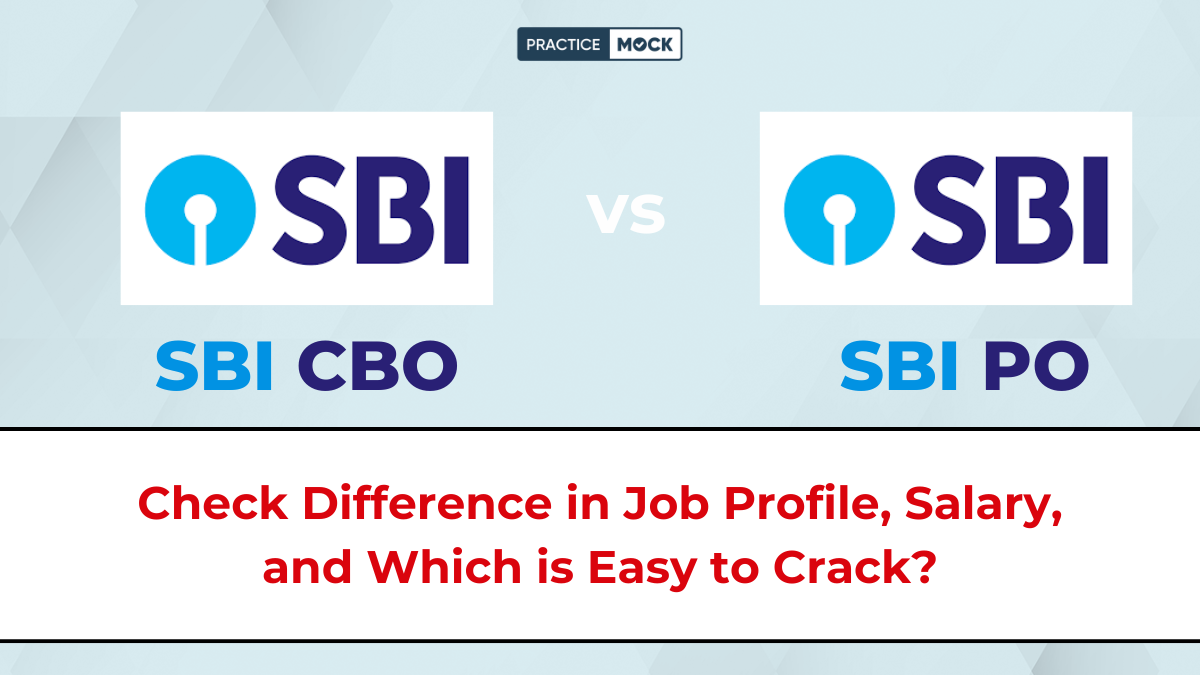Blood Relation Questions for Bank Exams for PO and Clerk


Blood Relation For IBPS RRB Exam: Blood relation questions are an important part of the reasoning section in various competitive exams, including the IBPS RRB (Institute of Banking Personnel Selection – Regional Rural Banks) exam. These questions assess the candidate’s ability to understand and interpret the relationship between various family members. In this article, we cover the detailed blood relation topics concepts, common question types, and strategies. Candidates bookmark our article and check all the details in the table below.
Basic Concepts in Blood Relation
Before solving the questions, it is essential to understand some fundamental terms and relationships:
Immediate Family:
Father, Mother
Brother, Sister
Son, Daughter
Extended Family:
Grandfather, Grandmother
Grandson, Granddaughter
Uncle, Aunt
Cousin
In-Laws:
Father-in-law, Mother-in-law
Brother-in-law, Sister-in-law
Son-in-law, Daughter-in-law
Blood Relation Questions For Bank Exams- PO and Clerk Level
Directions (1-3): Answer the questions based on the information given below.
Nine persons (G, H, I, J, K, L, M, N, and O) belong to a family of three generations. No single person is a parent in the family. Each generation has at least one married couple.
K is mother of I, who is a male. L is father of O. L has only two children. K’s mother-in-law is married to L. G is father-in-law of J. O is married to brother-in-law of G. M is father of N, who is a female. G has a sibling.
Solution:
Clues:
1. L is father of O. L has only two children.
2. K’s mother-in-law is married to L.
3. K is mother of I, who is a male.
4. O is married to brother-in-law of G. G has a sibling.
Inferences:
From clue 1, clue 2, and clue 3, we get K is daughter-in-law of L. I is grandson of L.
From clue 4, we get O and G are children of L. O is female. G is husband of K.
The family tree:
Clues:
1. G is father-in-law of J.
2. M is father of N, who is a female.
Inferences:
From clue 1, we get J is wife of I.
From clue 2, we get M is married to O. H is married to L.
The final family tree is as follows:
Question 1: How is H related to M?
A) Mother
B) Father
C) Mother-in-law
D) Wife
E) Cannot be determined
Solution 1: C)
H is mother-in-law of M.
Hence, option c.
Question 2: Which of the following statements are definitely correct regarding N?
A) N is daughter-in-law of O
B) H is mother of N
C) I and N are cousins
D) K is mother of N
E) None of the above
Solution 2: C)
I and N are cousins is a correct statement.
Hence, option c.
Question 3: _____ is mother-in-law of J.
A) H
B) O
C) N
D) K
E) Cannot be determined
Solution 3: D)
K is mother-in-law of J.
Hence, option d.
Directions (4-5): Answer the questions based on the information given below.
There are eight members (P, Q, R, S, T, U, V and W) in a family, which consists of three generations and three married couples.
V is daughter-in-law of P. S is sibling of W. W is daughter of Q, who is nephew of R. P is husband of R’s sister. R is married. U is wife of T’s brother.
Solution:
Clues:
1. V is daughter-in-law of P.
2. P is husband of R’s sister.
3. S is sibling of W.
4. W is daughter of Q, who is nephew of R. R is married.
5. U is wife of T’s brother.
Inferences:
From clue 1 and 2, we get P is married to sister of R.
From clue 3 and 4, we get T belongs to 1st generation and married to P.
From clue 5, we get U is wife of R. Also, Q is married to V.
We draw the following family tree:
Question 4: How many male members are there in the family?
A) Three
B) Four
C) Five
D) Two
E) Cannot be determined
Solution 4: E)
There are either three or four male members in the family as gender of S is unknown.
Hence, option e.
Question 5: How is W related to P?
A) Granddaughter
B) Grandson
C) Daughter
D) Daughter-in-law
E) Grandmother
Solution 5: A)
W is granddaughter of P.
Hence, option a.
Directions (6-7): Answer the questions based on the information given below.
A family consists of six members P, V, X, Z, M and Y. No single person is a parent in the family. There are only two generations in the family. Y is the only daughter of Z. V is the mother of X. M is the maternal aunt of X. P is the daughter-in-law of Z.
Solution:
Given that,
Y is the only daughter of Z. P is the daughter-in-law of Z. V is the mother of X.Also, no single person is a parent in the family so, Z and V are couple and X is the only son of Z and V and P must be wife of X.
Family tree:
Question 6: How is X related to Z?
A) Son
B) Daughter
C) Brother
D) Sister
E) Can’t be determined
Solution 6: A)
X is the son of Z.
Hence, option a.
Question 7: How will be the husband of M related to V?
A) Brother
B) Father
C) Father-in-law
D) Brother-in-law
E) Son-in-law
Solution 7: D)
Husband of M will be the brother-in-law of V.
Hence, option d.
Directions (8-10): Answer the questions based on the information given below.
There are eight members in the family having three generations. Three couples are there in the family. No single person is a parent in the family.
G is the father H, who is the mother of F. E is the granddaughter of M, who is the mother-in-law of N. R is the brother-in-law of D, who is the sister of H. F is sibling of E, who is daughter of H.
Solution:
G is the father H, who is the mother of F. R is the brother-in-law of D, who is the sister of H so, R either husband of H or brother of spouse of D. S is the brother of E, who is daughter of H and E is granddaughter of M also, there is no single parent in the family so, M and G are married to each other and R is the husband of H.
Family tree:
Question 8: How is M related to H?
A) Mother
B) Mother-in-law
C) Sister
D) Sister-in-law
E) Can’t be determined
Solution 8: A)
M is the mother of H.
Hence, option a.
Question 9: If H has only one daughter, then how is F related to father-in-law of N?
A) Son
B) Brother
C) Uncle
D) Grandfather
E) None of the above
Solution 9: E)
So, if H has only one daughter, then F must be son of H so, F is the grandson of father-in-law of N i.e., G.
Hence, option e.
Question 10: How is D related to E?
A) Son
B) Daughter
C) Maternal Aunt
D) Paternal Aunt
E) None of the above
Solution 10: C)
D is the maternal aunt of E.
Hence, option c.
Related Blogs
For More Details Regarding the IBPS RRB 2025 Notification for PO and Clerk, candidates can click on the provided links. Important details of the IBPS RRB PO and Clerk, such as syllabus, exam pattern, cut-off, online application, and previous year papers, are provided.
IBPS RRB Clerk Other Article
| IBPS RRB Clerk Exam Pattern 2025 | IBPS RRB Clerk Syllabus 2025 |
| IBPS RRB Clerk Salary 2025 | IBPS RRB Clerk Cut Off 2025 |
| IBPS RRB Clerk Previous Year Paper |
IBPS RRB PO Other Article
| IBPS RRB PO Salary | IBPS RRB PO Exam Pattern |
| IBPS RRB PO Cut Off | IBPS RRB PO Syllabus |
| IBPS RRB PO Previous Year Question Papers |
Join our exclusive Telegram group where our experts are ready to answer all your queries, guide you in banking exam preparation, and give personalized tips to boost your success. Get access to real-time solutions, expert advice, and valuable resources to improve your study journey. [Click here to join now!]
Blood Relation Questions For Bank PO and Clerk Exams
Blood relations involve determining the relationship between different family members based on provided information.
Start by noting down the given information, use family tree diagrams, and look for keywords indicating relationships.
Common keywords include father, mother, brother, sister, son, daughter, uncle, aunt, nephew, niece, cousin, grandfather, and grandmother.
Family tree diagrams visually represent relationships, making it easier to trace connections and avoid confusion.
Recent Posts
High-Scoring Topics in IBPS PO Exam 2025, Check Weightage
Check out high-scoring topics for IBPS PO 2025. Check topic-wise weightage for Quant, Reasoning, English…
180-Day IBPS PO Prep Timeline for Prelims, Mains & Interview
Follow this proven 180-day strategy to prepare for IBPS PO Prelims, Mains, and Interview with…
Most Repeated Floor Based Puzzle Questions for RRB PO 2025, Check How to Solve it Speedily?
Here we are providing the Most Repeated Floor Based Puzzle Questions for RRB PO 2025…
RRB ALP Vacancy 2025-26 Out for 9970 Posts, Notification Expected Soon
The RRB has released the RRB ALP Vacancy 2025-26 for 9970 Posts. This blog has…
SSC CGL Previous Year Question Paper in Form of Free Quiz and PDF
This blog has provided the SSC CGL Previous Year Question Paper in the form of…
500 SSC CGL Repetitive One-Word Substitutions
In this blog, we have provided the 500 SSC CGL Repetitive One-Word Substitutions PDF to…



